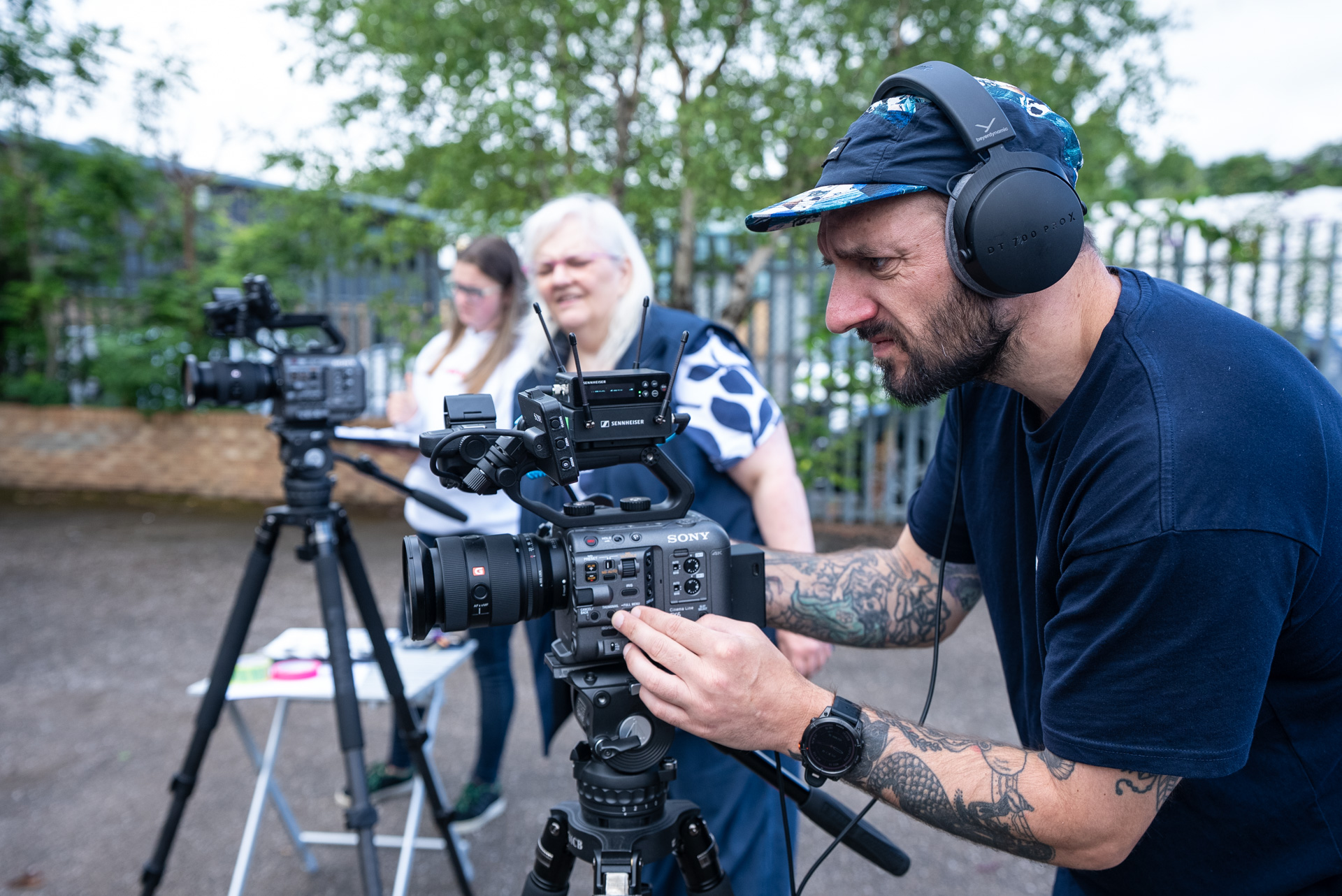Simeon Quarrie is the Founder of VIVIDA, an Ambassador for Canon and a keynote speaker — using creativity and innovation to drive change. It was fantastic to interview Simeon about the impact of visual storytelling on learning.
Hello Simeon! Can you tell me a bit about your journey?
It was Business Insider that labelled me this accidental hero — a teacher, an educator, trying to do things differently. But, growing up, I actually struggled with learning; I found lessons quite boring, and was easily distracted.
I found that the lessons I did enjoy involved some form of creativity. It was the type of education that was interactive, where I could get involved — and it often involved storytelling. One of the key skill sets I learned through my own education was the ability to take subjects that were complicated and break them down to their simplest forms — so that they became digestible and would stick.
That’s now what we do at VIVIDA; we take subjects that are complicated, or boring — or that people feel apathetic towards — and turn them into something that matters to individuals. Over time, we decided to tackle specific subjects, like diversity inclusion and cybersecurity — and using creativity and storytelling — helping people to learn and grow.
How have you utilised technology to tell these stories and promote learning?
Alongside creativity, it’s helped to change the way we educate. When it came to a subject like cybersecurity, we began by develop 3D environments to create a scenario-based exploration — sending people, through virtual reality, into our version of the “dark web”. It allowed users to see the subject from another point-of-view and to create micro-simulations as it were, so that they could understand what it was like from the other side.
From a learning perspective, there are a couple of things that are interesting there. For one, we’re working with creating an environment that they can then identify with this particular subject matter. We need to make this environment something that they remember and we’ve done that visually, with a high production value. The other thing we can do is to create a narrative and storyline that draws people in and helps link lessons together one-after-another.
We want to think differently about the ways that we educate, so that learning can be exciting for everyone.
How do you create an interesting story around a subject that might be perceived to be unexciting?
A great thing to do is start with the question of “why”. Why is the subject important? Anchoring that “why” — and thinking of an interesting scenario that could highlight that “why” — is a good starting point.
The next step would be to create a persona. Imagine being the persona of one of your learners. Think about the different senses — how do they see the world? What’s their understanding of the subject and what do they think about it? What are their pains relating to that subject and what would they gain if they were to actually understand it?
The fantastic thing about a story is that struggle is oftentimes integral to it. Struggle is actually part of the learning process; that’s what makes it feel, once you've completed that learning, so rewarding.
How do you envision the impact of technology and storytelling changing over the next decade?
I believe that having a good education is a right and I think that education as it exists now is gated; there’s a moat around it. In some ways, I think we live in a society that’s wrongly built around making education very academic and boring. And I believe that it’s fundamentally an accessibility issue. Think about a property has a ramp so that all visitors can access a shop. Education that is at least somewhat enjoyable — with an audio and visual experience and story used in the right place — can become that ramp.
Technology will start to become easier; skillsets of those getting involved will change as will expectations. But the exciting opportunity is what we’re able to do now — and we’re just on the beginning of that journey.
You can connect with Simeon on LinkedIn here.





